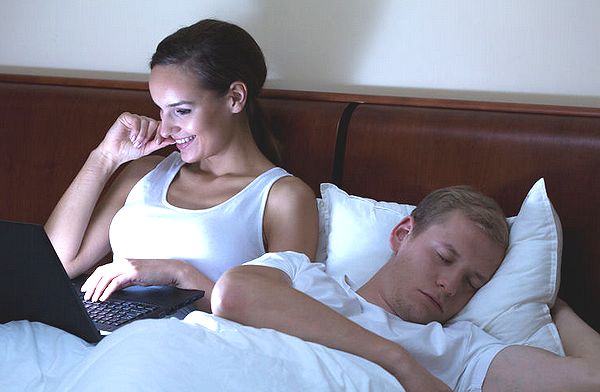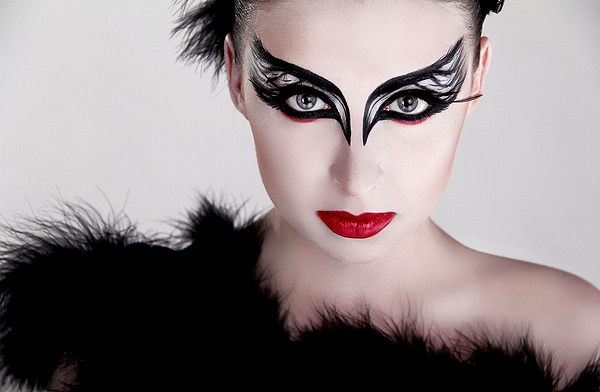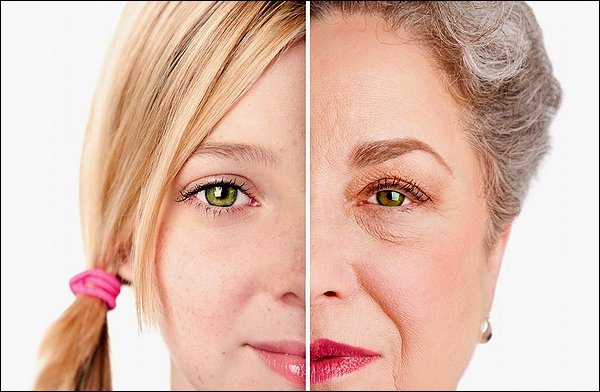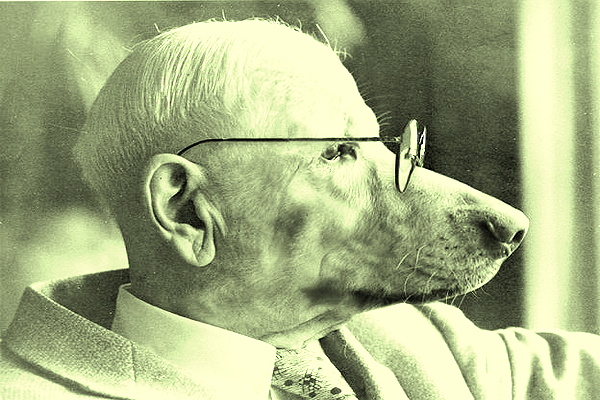For many young persons, the slightest hint that something interesting might be going on in their social media sphere is irresistibly alluring. To avoid missing anything, millions of them bring their phones, tablets, e-readers, and laptops to bed each night.
Digital catnip.
Sleep experts tell us this is a mistake. Many of us can’t help logging in when we should be winding down. In 2011, research polls found that almost 1 in 3 Americans who use the Internet owned a tablet, 68% of them reported taking the device to bed, and an estimated 95% used an electronic device at least one hour before bedtime.
Those low-down blues.
A Time/Qualcomm poll (2012) of 4,700 people worldwide found that nearly a quarter of those between the ages of 18 and 24 generally don’t sleep as well because of technology. This might be because young people are likelier to keep their phones within reach when they are trying to sleep. But another, more insidious culprit is not so obvious.
Mounting evidence at the American Medical Association reveals that the type of light produced by our portable electronic screens can make it harder to get a good night’s sleep. Although any nighttime exposure to light can be disruptive to sleep, recent studies have zeroed in on the particularly potent “blue light” emitted from the displays of computers, tablets, digital phones, electronic gadgets, LED televisions, digital clocks, and many energy-saving fluorescent bulbs.
Exposure to blue light communicates to our brain that it’s morning, making us more alert (red light, meanwhile, signals that it’s time to go to sleep). Compounding the problem is these newer electronic screens are positioned close to our faces, increasing the intensity and effects of the blue light on our brains. As a result, many young persons wake up with the blues.
Much more than meets the eye.
A study published in the Proceedings of the National Academy of Sciences (2014) concluded that use of portable light-emitting devices immediately before bedtime suppresses levels of the sleep-promoting hormone melatonin. Lack of melatonin prolongs the time it takes to fall asleep and disrupts our natural sleep patterns. Device use was also associated with a decrease the amount of REM sleep (considered the most restorative form of sleep) and reduced alertness the following morning. Overall, our nightly e-habits may be adversely affecting our performance, health, and safety.
Health agencies are beginning to warn consumers of the risks associated with the use of e-devices. Here are some things you can do to help limit the effects of light exposure after dusk:
- Get as much daylight exposure as possible during the day. As you approach bedtime, gradually reduce light exposure through the evening. If you need a night light, use dim, orange lamps.
- Limit the use of electronic devices within 30-60 minutes of bedtime. Instead, read a real book or watch TV from across the room before you turn in.
- To block out the blues, free apps like f.lux (tablet) and Twilight (phone) automatically warm the colors on your device screens—more reds and yellows—at sunset and return them to normal at sunrise. Consider buying a blue light screen filter.
- Put some distance between your eyes and the device screen. Turning the brightness setting down should also help.
- Sleep aids like melatonin supplements lose their effectiveness over long-term use. Researchers say wearing red- or orange-tinted glasses before bedtime may enhance overall mood and improve the quality of your sleep.
Sweet dreams!
Close both eyes, to see with the other eye.
~ Rumi, Persian poet
Learn more about this, and other interesting topics, in the Young Person’s Guide to Wisdom, Power, and Life Success.
Image credit: “Horizontal view of a night with internet” by Katarzyna Białasiewicz, licensed from 123rf.com (2015).













